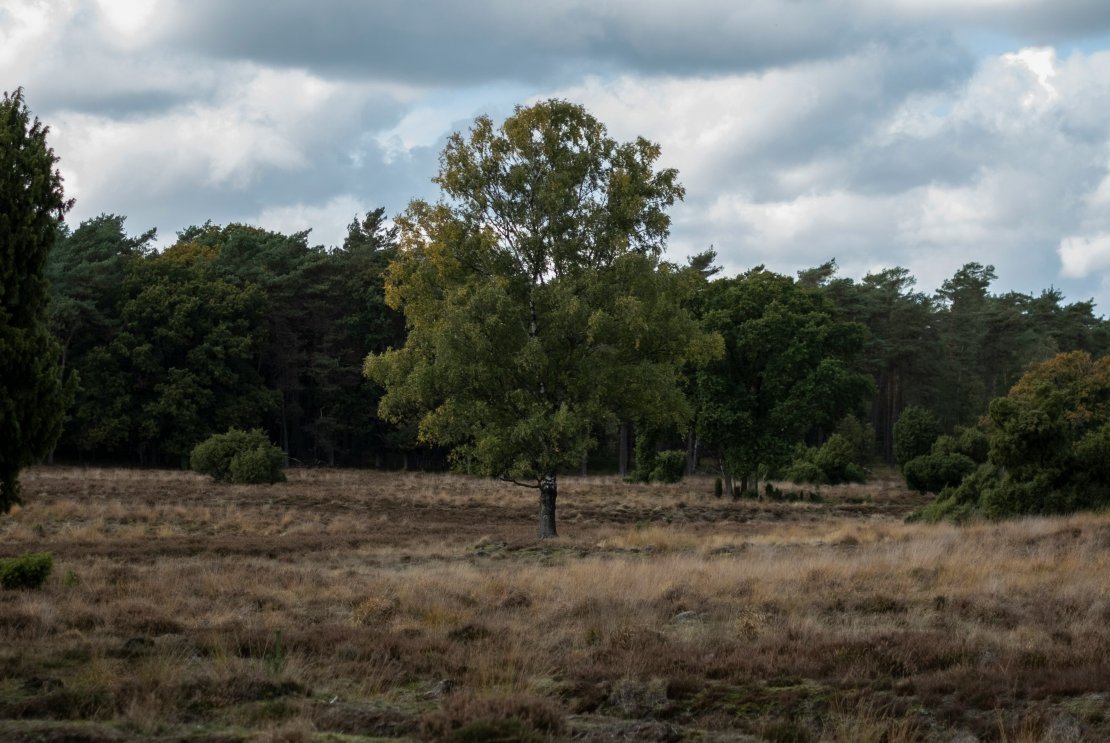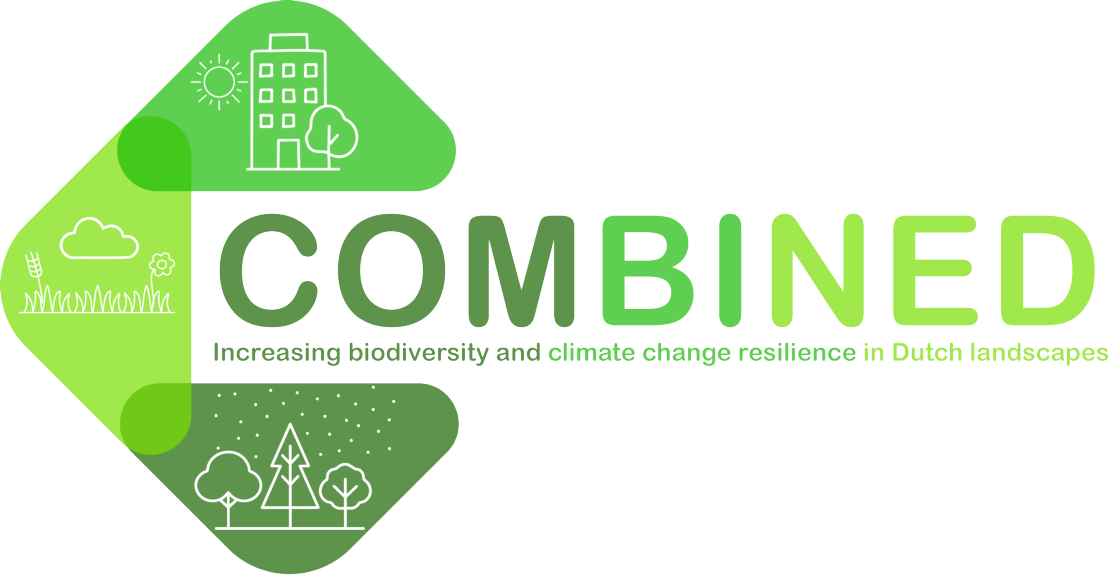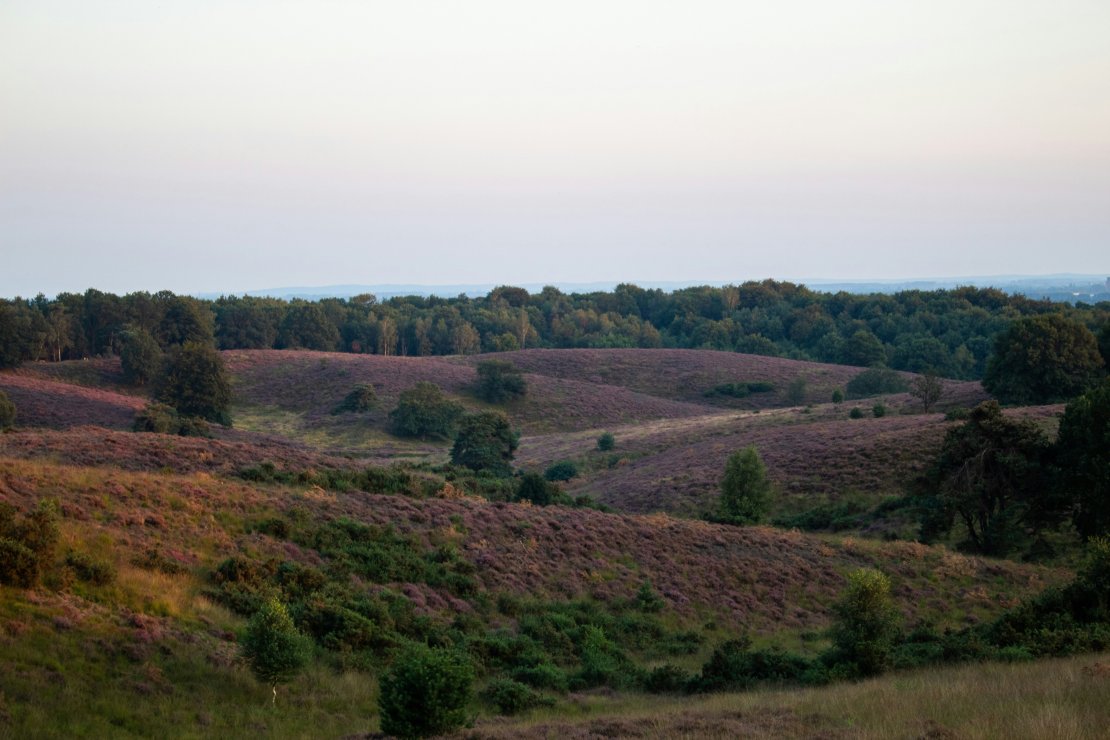Climate conditions, nature, and human well-being are interconnected and in constant flux.
Unfortunately, the human-made change we are witnessing today causes unprecedented worry. Biodiversity loss takes place due to multiple human activities, including pollution that degrades habitats, excessive resource extraction that depletes natural systems, and land use land that creates monotone ecosystems. In parallel, climate change due to the burning of fossil fuels and loss of natural carbon stocks is intensifying and manifesting itself through more frequent and severe weather events.
These two crises - biodiversity loss and climate change - feed into each other. When we lose ecosystems, processes spiral negatively, affecting climate and biodiversity. Examples include when stored carbon is released into the atmosphere or when the local cooling effect of vegetation reduces, leading to the disappearance of species and habitats. Such processes accelerate climate change, which diminishes the quality of ecosystems and endangers biodiversity. It's a vicious cycle that is difficult to reverse.

Photo by Tjeerd Braat, Unsplash
Managing nature is not just a technical challenge, but it involves social and political difficulties. Up until today, land managers, policymakers, and other societal actors all have their own way of responding to climate change and biodiversity loss. Moreover, we see a “lock-in” in the agriculture, nature, and urban sectors, where past values and institutional structures resist change and have led nature to its current worrying state.
The cyclic relationship between biodiversity loss and climate change does not have to be negative. It may also offer hope if we find solutions: by restoring natural ecosystems, we can help capture carbon, regulate local climates, and rebuild essential water systems. To achieve this, governance bodies need to step up and implement management and measures based on scientific knowledge and societal values and needs.
Nature and society at play
The need to tackle the problem of biodiversity loss and climate change simultaneously has led to the creation of COMBINED: a six-year project from the Climate and Nature programme of the Dutch Research Agenda (NWA) an initiative of the Ministry of Agriculture, Fishery, Food Quality, and Nature.

COMBINED brings together natural sciences and social sciences to examine the interaction of nature, climate, and society in the main Dutch landscapes: grasslands, forests, and urban nature. This integrated approach also examines how these three landscape types interact and influence each other.
Successful future measures require a critical analysis of measures and why they have not been sufficiently successful in the past to solve known problems. Additionally, the “lock-in” has to be untangled with broadly supported visions for future landscape management. These will serve as a foundation to break existing policy patterns and create space for successful, adaptive, and integrated management policies.
Utilizing knowledge
The lessons learned and findings produced from the different landscapes will be translated into different formats to enable landscape planning and management to introduce adaptive, multifunctional policies.
COMBINED will disseminate its knowledge through general communication activities, co-creation activities, training in professional skills, education materials, and promotion of project results.

Hoge Veluwe, in the Netherlands (Photo by Jonne Laagland Winder, Unsplash)
Effectively utilizing knowledge is the key to producing a real change and fulfilling COMBINED’s vision and impact:
Combining strengths
COMBINED brings together a diverse and complementary group of partners with expertise that spans multiple disciplines and sectors.
At its core are ten knowledge institutes, each contributing their own distinct expertise: the University of Twente, Utrecht University, Wageningen University, HAS Green Academy, Leiden University, InHolland University of applied sciences, Hanze University of Applied Sciences, AERES University of applied sciences, Van Hall Larenstein University of Applied Sciences, and Naturalis Biodiversity Center.
The project is strengthened by partnerships with key societal organizations, including nature conservation organizations (Natuurmonumenten, Staatsbosbeheer), provincial authorities (BIJ12, Gelderland, Utrecht), municipalities (Groningen, The Hague), agricultural organizations ( BoerenNatuur, Landgoed Twickel ) and other players (Planbureau voor de Leefomgeving, LandschappenNL, Urgenda, Friesland Campina).
These partners bring practical experience, extensive networks, and real-world testing grounds for the project's research.
Kick-off session
COMBINED kicked off on January 23rd, 2025, in an event at the ITC Faculty of Geo-Information Science and Earth Observation of the University of Twente attended by 65 participants from across the country,
The day started with morning talks hosted by NWO introducing the consortium and the impact behind COMBINED. The morning also included contributions from Henrieke Paul and Marije Sesink from the Ministry of Agriculture, Fishery, Food Quality, and Nature about the importance of climate and nature research, followed by an intervention from Marjon Hellegers and Clara Veerkamp from Planbureau voor de Leefomgeving about nature in transition in the national and international context.
COMBINED's project lead, Wieteke Willemen from the University of Twente - Faculty ITC, followed the session with an overview of COMBINED and how it will address these issues by working together with its diverse partners. Reint Jan Renes, chair of the project's supervisory steering, closed the morning session with encouraging advice and well-wishes.
During the afternoon, the project kicked off with the consortium conducting joint reflection exercises on the overall impact of the project and fruitful collaboration . To finish the day, parallel sessions on research activities, communication, practical implementations, and a Q&A finished a day full of insights and hopeful perspectives toward the future of nature management in the Netherlands.

